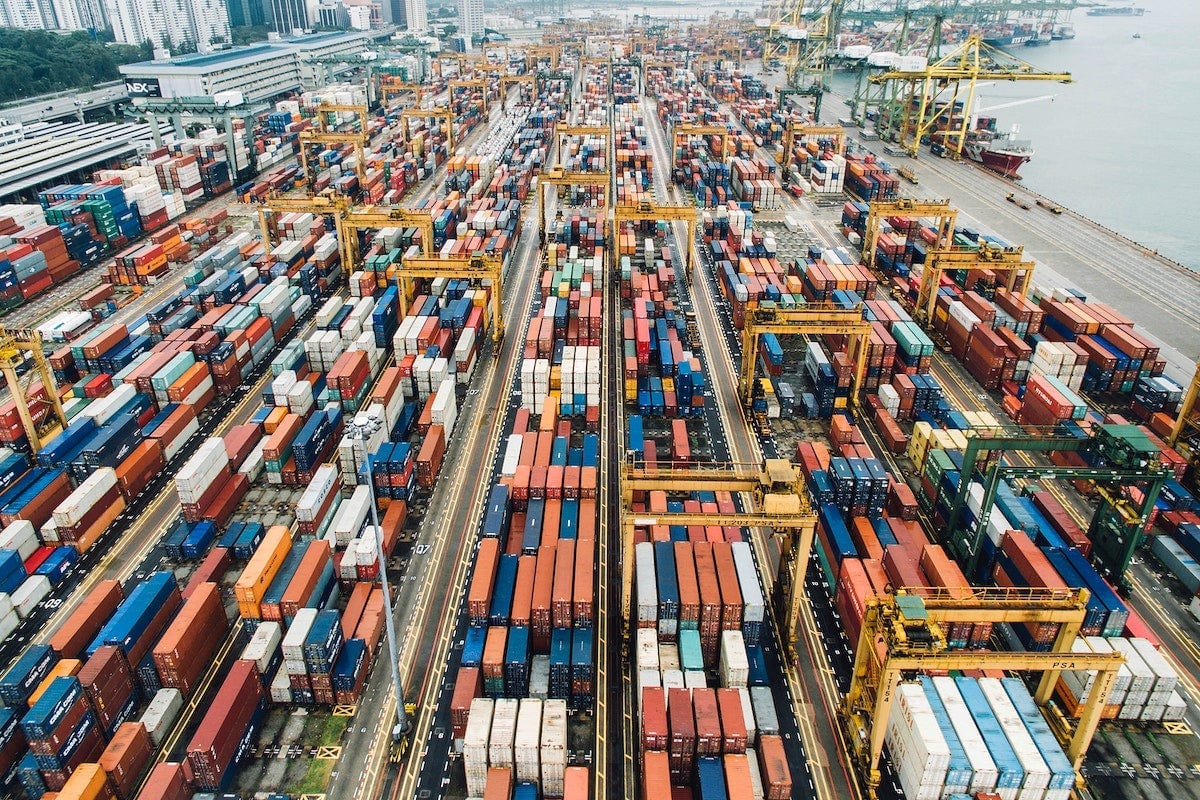
In many emerging markets — from Africa to Latin America to Central Asia — the workwear industry is often seen as a purely price-driven battlefield. Traders and distributors compete to offer the lowest quote, factories cut corners to survive, and end users often buy based on “who is cheapest this week.”
But that’s changing. As projects become more regulated, as clients demand traceable quality, and as professional image becomes part of corporate identity, brand power is starting to matter. Whether you’re a Chinese manufacturer, a regional distributor, or a national agent, branding is now the key that separates you from being “just another supplier” to becoming a trusted name in your market.
This guide explores how emerging-market players can build recognizable, value-driven workwear brands, compete beyond price, and ultimately create long-term market advantage — even when facing lower-cost competitors.
🧭 Why Competing Only on Price Is Unsustainable
Let’s face it — price wars are easy to enter, hard to win, and impossible to sustain. Many distributors across Africa, the Middle East, and Latin America have learned this the hard way. Here’s why relying on low pricing alone eventually fails.
-
Margin Erosion
Every time a competitor lowers the price, you feel pressured to follow. Over time, profits shrink to the point where you can’t reinvest in better service, stock, or marketing. Eventually, quality drops — and customers lose trust. -
Customer Disloyalty
Clients who buy only based on price will leave the moment someone offers a cheaper deal. A brand creates stickiness — people stay because of reliability, familiarity, and the story behind your name. -
Regulatory Shifts
In many regions, government and corporate projects now require certified, branded workwear (with compliance labels and traceability). Low-cost unbranded goods can’t meet these tender requirements. -
Market Saturation
When everyone sells the same product at similar prices, differentiation becomes impossible. A strong brand identity allows you to charge more for essentially the same base item — because of perceived value. -
Professionalism and Image
End-users (construction firms, factories, energy companies) increasingly view uniforms as part of corporate branding. They prefer suppliers who can provide consistent, co-branded solutions — not random bulk suppliers.
🔍 The Psychology of Branding in the Workwear Industry
Even in B2B markets, buying decisions are emotional. Distributors, safety officers, and procurement managers don’t just buy “a jacket” — they buy trust, reliability, and predictability.
Let’s unpack what that means for workwear:
| Buyer Emotion | What They Really Want | Brand Strategy That Works |
|---|---|---|
| Confidence | Assurance that the gear is safe and certified | Transparent product testing, CE/EN marks, case studies |
| Pride | Workers look professional and well-equipped | Stylish, consistent uniform design |
| Reliability | Fewer supply chain problems | Fast delivery, consistent packaging |
| Recognition | Easy to recommend to clients or managers | Strong logo, memorable color palette |
Building a brand doesn’t mean huge advertising budgets. It means crafting an identity and message that your buyers and their workers remember and trust.
🏗️ What a “Brand” Really Means in Workwear
Let’s redefine the word brand for this industry context.
A brand is not only a logo or name. It’s the sum of every interaction — from your quotation format to your packaging design.
A strong workwear brand includes:
-
Product Identity
- Consistent labeling and sizing standards
- Unique model names or item codes
- Fabric or feature signature (e.g., “CoolDry™ cotton blend”)
-
Visual Identity
- Recognizable logo (simple, readable even when printed small)
- Cohesive color scheme across catalog, website, and tags
- Branded packaging (cartons, polybags, size labels)
-
Verbal Identity
- Clear tone of communication in catalog and email
- Bilingual marketing materials (English + local language)
- Simple slogan that connects to your promise (e.g., “Built for Real Work.”)
-
Customer Experience
- Quick response time and professional quotations
- Reliable lead time updates
- After-sales support for size or logo issues
When all these pieces align, you move from being “a factory or trader” to being a partner brand in the eyes of your clients.
🌍 Why Branding Matters in Emerging Markets (2025 and Beyond)
In developed markets, branding is obvious. But in emerging markets, it’s even more powerful — because trust is the biggest currency.
Let’s look at why now is the right moment to invest in brand-building for your workwear business.
1. Rapid Industrial Growth
Construction, energy, and logistics projects are expanding across Africa, the Middle East, and Latin America. Procurement managers now evaluate suppliers not only by cost, but also by presentation, reliability, and documentation.
2. Rise of Tender-Based Procurement
Government and corporate buyers often require traceable brand information, including registered trademarks or proof of consistent labeling.
3. Social Media Exposure
Platforms like Facebook, Instagram, and LinkedIn are becoming key B2B tools. A brand with strong visual identity gets shared, recommended, and remembered.
4. Local Resellers Want Trustworthy Partners
Regional distributors prefer to sell recognized names. They can charge more for a brand they can vouch for, rather than a generic “no-name” product.
5. Trade Show Credibility
At exhibitions like China Import & Export Fair (Canton Fair), BuildExpo Africa, or Intersec Dubai, branded booths and printed catalogs attract serious buyers — while unbranded booths blend into the crowd.
📊 The Branding Maturity Ladder
Not every company needs to start big. You can scale your brand investment step by step:
| Stage | Description | Examples | Goal |
|---|---|---|---|
| Stage 1 – Basic Labeling | Add consistent brand tags, size labels, packaging stickers | Printed size tags, simple logo labels | Build recognition |
| Stage 2 – Visual Identity | Create catalog, consistent color palette, and product codes | Product photography, brochure | Improve perception |
| Stage 3 – Brand Experience | Offer responsive service, branded quotations, bilingual packaging | Standardized carton design | Build trust |
| Stage 4 – Market Leadership | Register trademark, launch local distributor program | Country-level brand presence | Win long-term contracts |
🧩 Case Study: From Generic Supplier to Recognized Brand
Case: Brazilian Buyer Rebranding Chinese Workwear
A distributor in São Paulo was importing generic reflective vests from several Chinese factories. Prices were low, but customers treated the items as commodities.
In 2022, he decided to create his own label — “SeguraPro.” He invested in logo printing, consistent packaging, bilingual tags, and a professional website.
The result?
- Average resale price increased by 85% (from $6 to $11 per vest)
- Customers started placing reorders based on the brand name, not just SKU
- He gained access to a national tender that required branded PPE
Now, “SeguraPro” is expanding into Chile and Peru — and the same Chinese factory is his exclusive OEM partner.
This demonstrates a key point:
👉 Branding creates leverage.
Even when products are similar, perception of reliability can double the margin.
In the next section, we’ll go deeper into practical branding elements — how to design your brand identity, how to localize your message, and how to transform packaging, marketing, and storytelling into tangible sales growth.
🎨 Step 2: Building a Recognizable Workwear Brand — From Strategy to Execution
Branding a workwear business in emerging markets doesn’t require a massive marketing budget — it requires clarity, consistency, and credibility.
Let’s break down the key building blocks of a brand that sells, scales, and stays relevant.
🧱 1. Define Your Brand Positioning
Before designing a logo or printing a catalog, you need to define who you are and what you stand for.
Ask yourself:
- Who is your target audience? (Construction firms? Oil companies? Public tenders?)
- What do they value most — price, comfort, safety, or delivery speed?
- What emotions do you want your brand to evoke? (Trust, pride, reliability, innovation?)
Then, write your brand positioning statement — one or two sentences that summarize your identity and promise.
📘 Example:
“ProGuard delivers durable, certified workwear designed for Africa’s toughest construction environments — balancing safety, comfort, and value.”
Once you know your positioning, every decision — from logo color to product photography — becomes easier and more aligned.
🧩 2. Craft a Memorable Visual Identity
Visual identity is the face of your brand. Even in B2B markets, people associate design with trustworthiness.
🎯 Key Components:
| Element | Best Practice | Example / Tip |
|---|---|---|
| Logo Design | Simple, bold, readable even when small | Avoid thin lines; use solid shapes |
| Color Palette | 2–3 dominant colors that match your market tone | Blue = trust, orange = energy, green = safety |
| Typography | Clear sans-serif font for catalogs and packaging | Arial, Roboto, or Open Sans |
| Imagery Style | Real workers, real environments | Avoid unrealistic stock photos |
| Packaging | Consistent with logo & colors | Use durable, waterproof cartons with printed brand name |
📦 Example:
A Middle Eastern PPE distributor uses dark blue cartons with silver logos and Arabic translations — immediately communicating professionalism and regional relevance.
Remember: your visual system should look consistent across product labels, brochures, website, and even WhatsApp profile pictures.
🌐 3. Localize Your Brand Communication
Localization goes beyond translation — it’s about cultural connection.
| Region | Buyer Expectations | Localization Tip |
|---|---|---|
| Africa | Practical safety + durability | Highlight long lifespan, warranty |
| Middle East | Professional image + comfort | Use bilingual (English/Arabic) packaging |
| Latin America | Trust + friendliness | Add Spanish product descriptions, WhatsApp support |
| Central Asia | Quality proof + compliance | Show EN/ISO certificates clearly on marketing materials |
📘 Example:
A Kazakhstani distributor increased B2B conversions by 30% after adding Russian translations to product catalogs and highlighting European certifications.
Localized branding tells customers:
“We understand your environment. We built this for you.”
🧠 4. Develop Emotional Connection Through Storytelling
Even in industrial markets, stories sell better than specifications.
A good brand narrative should make buyers feel that your products were tested, trusted, and built for real people.
📖 Example Story Framework:
- The Challenge — “Workers in West Africa face heat and dust every day.”
- The Solution — “Our CoolDry™ fabric helps them stay safe and productive.”
- The Proof — “Tested in Nigeria’s construction sector with 15% higher comfort ratings.”
- The Vision — “Protecting workers, empowering industries.”
Stories create empathy — they show your customers you care about the same challenges they face.
🧰 5. Brand Marketing Channels: Online & Offline
Branding doesn’t live only on packaging. It lives everywhere your buyer interacts with you.
Here’s how to strategically build brand presence across multiple touchpoints.
🧭 Offline Channels
-
Trade Shows (e.g., BuildExpo, Intersec, Africa Safety Summit)
- Booth design: consistent brand colors
- Brochures: clear, bilingual content
- Giveaways: branded caps or reflective armbands
-
Local Retail / Distributors
- Provide branded signage and in-store displays
- Offer co-branding support for your agents
🌐 Online Channels
- Website: Must show brand identity, certifications, product photos, and contact info
- WhatsApp Business: Add logo, catalog link, quick replies
- LinkedIn / Facebook Page: Share case studies and project photos
- Alibaba / B2B Portals: Use professional graphics and brand logos consistently
🧩 Tip:
Post real photos — not stock images. Authenticity builds trust faster than polished perfection.
💬 6. Case Studies: Branding Success in Emerging Markets
🇳🇬 Case 1: Nigerian Distributor Upgrades from “Generic” to “Branded”
A small PPE importer in Lagos used to resell unbranded safety boots from multiple factories. Each shipment looked different.
He started printing consistent box labels with his new brand name WorkSafe NG and added WhatsApp QR codes for customer support.
Within six months:
- Repeat customers increased by 40%
- Distributors in Abuja began asking specifically for WorkSafe NG
- He secured a supply deal with an oil subcontractor who required branded packaging
Key takeaway: Branding turns random sales into repeat business.
🇨🇱 Case 2: Chilean Workwear Reseller Goes Premium
A Chilean distributor serving port workers created a premium brand, AndesGear.
They invested in high-quality photography, bilingual labeling (Spanish/English), and professional hang tags with EN certification icons.
Results after one year:
- Average sales price increased from $12 to $19 per item
- Brand gained visibility on LinkedIn among corporate safety managers
- The factory in China now provides private-label production under AndesGear
Key takeaway: Perception of quality allows for price expansion.
🇸🇦 Case 3: Saudi Construction Supplier Partners for Brand Exclusivity
A Saudi importer co-developed a custom line of flame-retardant coveralls with a Chinese factory.
They used their brand name on every piece, and launched Arabic-English product manuals.
Impact:
- Won exclusive contract for a regional construction company
- Reduced customer switching by 70%
- Became the factory’s top partner in the GCC region
Key takeaway: Co-branding = loyalty on both sides.
📊 7. The Economics of Branding: How It Increases Profit
Branding may cost a little more initially — logo printing, packaging design, marketing content — but the ROI is huge.
| Activity | Cost (Est.) | Result | ROI |
|---|---|---|---|
| Logo & packaging design | $400 | Brand recognition, retail presence | High |
| Custom hang tags & labels | $0.05/item | Added professionalism | Medium |
| Bilingual product catalog | $250 | Expands reach in non-English markets | High |
| Brand website | $500 | Trust + lead generation | Very High |
| Product photography | $200 | Improves credibility | High |
💡 Example Calculation:
If rebranding allows you to charge 10% higher across 5,000 items, the margin gain far exceeds all setup costs.
🧩 8. Common Branding Mistakes to Avoid
| ❌ Mistake | ⚠️ Why It Hurts | ✅ Better Practice |
|---|---|---|
| Mixing old and new logos | Creates confusion | Standardize design templates |
| Poor-quality packaging | Reduces perceived value | Invest in consistent printing |
| Ignoring local language | Feels foreign, unrelatable | Translate labels & manuals |
| Overcomplicated visuals | Hard to print on PPE | Keep logo simple and scalable |
| No brand story | Lacks connection | Communicate purpose clearly |
Branding is not about flashy design — it’s about clarity and credibility.
📘 Coming Next
In the next section, we’ll explore how to operationalize your branding strategy:
- How to create co-branded partnerships with local distributors
- How to structure your marketing toolkit (catalogs, packaging templates, promo items)
- And how to measure ROI on your branding investment
We’ll also provide a complete Workwear Branding Checklist you can use before launching your next shipment or attending your next trade show.
🧰 Step 3: Practical Tools, Checklists & Global Branding Insights
Now that we’ve covered the strategy and real-world execution of workwear branding, it’s time to make it actionable.
This section provides practical tools, checklists, and insights to help you build, maintain, and scale your brand effectively across different emerging markets.
✅ Workwear Branding Checklist
Use this checklist before your next shipment, trade show, or catalog launch to ensure your branding is consistent, professional, and market-ready.
| Category | Check | Status |
|---|---|---|
| Brand Identity | Logo design finalized (vector format: AI/PDF) | ☐ |
| Brand color palette and fonts defined | ☐ | |
| Brand guidelines document created | ☐ | |
| Packaging & Labeling | Logo printed on cartons, hang tags, and labels | ☐ |
| Bilingual text (English + local language) | ☐ | |
| Certification icons correctly displayed | ☐ | |
| Marketing Materials | Product catalog updated and localized | ☐ |
| Professional product photography | ☐ | |
| WhatsApp/LinkedIn profile branding updated | ☐ | |
| Distributor Support | Co-branded marketing kits provided | ☐ |
| Standard price list and rebate structure shared | ☐ | |
| Local promotions aligned with brand image | ☐ | |
| Customer Perception | Collecting regular feedback from buyers | ☐ |
| Monitoring brand mentions online | ☐ | |
| Maintaining after-sales service tone and consistency | ☐ |
💡 Pro tip: Keep this checklist digital (Google Sheets or Notion) and update it with every new market expansion.
🌍 Global Branding Approaches: What Works in Different Regions
Brand perception varies drastically between markets. A “premium” image in one region might be “too cold” in another.
Here’s how successful workwear distributors are localizing brand tone and design effectively:
| Region | Preferred Brand Tone | Visual Traits | Communication Style |
|---|---|---|---|
| Africa | Reliable, community-driven | Bold colors, durability focus | Emphasize practicality and long lifespan |
| Middle East | Professional, trustworthy | Clean typography, bilingual Arabic-English | Highlight compliance, quality, and comfort |
| Latin America | Friendly, aspirational | Vibrant colors, lifestyle photos | Focus on worker pride and human stories |
| Central Asia | Modern, European-aligned | Cool tones, certification icons | Stress international quality and safety standards |
🧭 Tip: Never copy-paste your branding from one region to another — adapt visuals, tone, and messaging to reflect local culture and language.
💬 Brand Storytelling Templates
Use these ready-to-adapt templates to communicate your brand identity clearly in catalogs, websites, and sales presentations.
Template 1: “Built for Professionals”
[Your Brand] designs and manufactures certified workwear that protects and empowers professionals in construction, logistics, and energy sectors.
Every product is tested to perform under real conditions — because safety should never be compromised.
Template 2: “Trusted by Industry Leaders”
From oilfields to factories, [Your Brand] has been the choice of thousands of workers who demand reliability and comfort.
Our mission is simple: to keep workers safe, confident, and productive every day.
Template 3: “Local Roots, Global Standards”
[Your Brand] brings together international quality standards and local understanding.
We combine CE-certified fabrics with customer service in your language — because we believe real partnership begins with communication.📢 Pro Tip: Add real customer photos and testimonials under each statement — authenticity builds immediate credibility.
💹 Measuring Brand ROI in B2B Workwear
Brand building is often seen as “soft marketing,” but you can measure its impact with clear metrics.
| Metric | What It Measures | Target / Benchmark |
|---|---|---|
| Repeat Order Rate | Indicates loyalty and trust | +25% within 12 months |
| Average Selling Price (ASP) | Shows perceived value | +10–15% after rebranding |
| Lead-to-Deal Conversion | Effectiveness of brand credibility | 20–30% improvement |
| Distributor Retention Rate | Strength of long-term partnerships | Above 80% annually |
| Social/WhatsApp Inquiries | Awareness and visibility | 2x within 6 months |
💡 If your ASP or repeat order rate increases after rebranding, your brand is doing its job — creating perceived value beyond cost.
🧭 Co-Branding Strategies with Local Partners
In emerging markets, collaborative branding with local distributors or importers can dramatically expand reach and trust.
🔗 Co-Branding Models
| Model | Description | Best For | Example |
|---|---|---|---|
| Exclusive Labeling | Partner uses their own logo on your products | Mature distributors with strong networks | Saudi Arabia, South Africa |
| Dual Branding | Both factory and distributor logos appear | Building shared visibility | Brazil, Kenya |
| “Powered by” Tagline | Factory name adds credibility to local label | New markets entering technical sectors | Kazakhstan, Nigeria |
💬 Example:
“SafetyPro Africa — Powered by Jiangsu WorkTech”
This format reinforces both local familiarity and Chinese manufacturing credibility, achieving trust faster with government buyers.
🧱 Long-Term Brand Maintenance Framework
Branding is not a one-time activity — it’s a long-term discipline.
Follow this 5-layer model to sustain consistency as your business scales:
- Foundation – Define mission, tone, visual identity
- Consistency – Apply across all marketing & packaging
- Localization – Adapt visuals and messages by market
- Engagement – Maintain social presence and feedback loops
- Innovation – Refresh visuals every 2–3 years to stay current
🕒 Example: Many successful PPE brands update their packaging design every 2 years, keeping layouts modern while retaining core colors and logo.
🗂️ Example: Workwear Brand Development Timeline
| Stage | Duration | Key Deliverables |
|---|---|---|
| Brand Audit | 2 weeks | Assess current materials & visuals |
| Identity Design | 3 weeks | Logo, color palette, guidelines |
| Packaging Revamp | 4 weeks | Carton design, labels, hang tags |
| Marketing Material Update | 3 weeks | Catalogs, brochures, website |
| Distributor Training | 2 weeks | Co-branding guidelines |
| Launch & Promotion | Continuous | Online/offline awareness campaigns |
🔄 Total: ~3 months to complete a full brand transformation cycle for a mid-sized workwear business.
🧾 Template: Distributor Co-Branding Agreement (Summary)
This is a simplified structure for a co-branding or private-label partnership:
1. Parties: Manufacturer (China) + Distributor (Local Market)
2. Scope: Exclusive / non-exclusive use of trademarks
3. Product Range: Defined SKUs or categories
4. Minimum Order Quantity (MOQ): Fixed per model
5. Branding Terms: Logo usage, design approval, packaging rules
6. Marketing Rights: Shared or limited use
7. Pricing & Payment Terms: Consistent with long-term contracts
8. Quality Responsibility: Clearly defined inspection process
9. Duration & Renewal: Typically 2–3 years
10. Dispute Resolution: Arbitration clause (Hong Kong/Singapore)
⚖️ Always formalize co-branding terms to avoid misuse of trademarks or conflicting market messages.
📈 Regional Branding Strategy Comparison (2025 Outlook)
| Region | Market Maturity | Branding Priority | Key Strategy |
|---|---|---|---|
| Africa | Rapidly expanding PPE demand | Build identity | Affordable + durable + local storytelling |
| Middle East | High compliance & corporate projects | Trust through professionalism | Premium branding + bilingual content |
| Latin America | Mid-range, competitive | Differentiation | Private-label expansion + online presence |
| Central Asia | Certification-driven | Credibility | Emphasize compliance + European design tone |
🌍 Each region rewards authentic local relevance — not copy-pasted corporate branding.
🏁 Conclusion
In competitive, price-sensitive emerging markets, branding is not decoration — it’s differentiation.
The most successful workwear distributors aren’t the cheapest — they’re the most trusted, most visible, and most consistent.
A strong workwear brand:
- Builds recognition even before price discussions
- Helps win institutional tenders and industrial contracts
- Retains loyal distributors and end-users for years
- Transforms a “product supplier” into a trusted partner
🧩 “Price gets you in the door — but brand keeps you in the market.”
Email: [email protected]
🌐 Visit www.workwearsolutions.net
Zion Zhang
Recent Posts
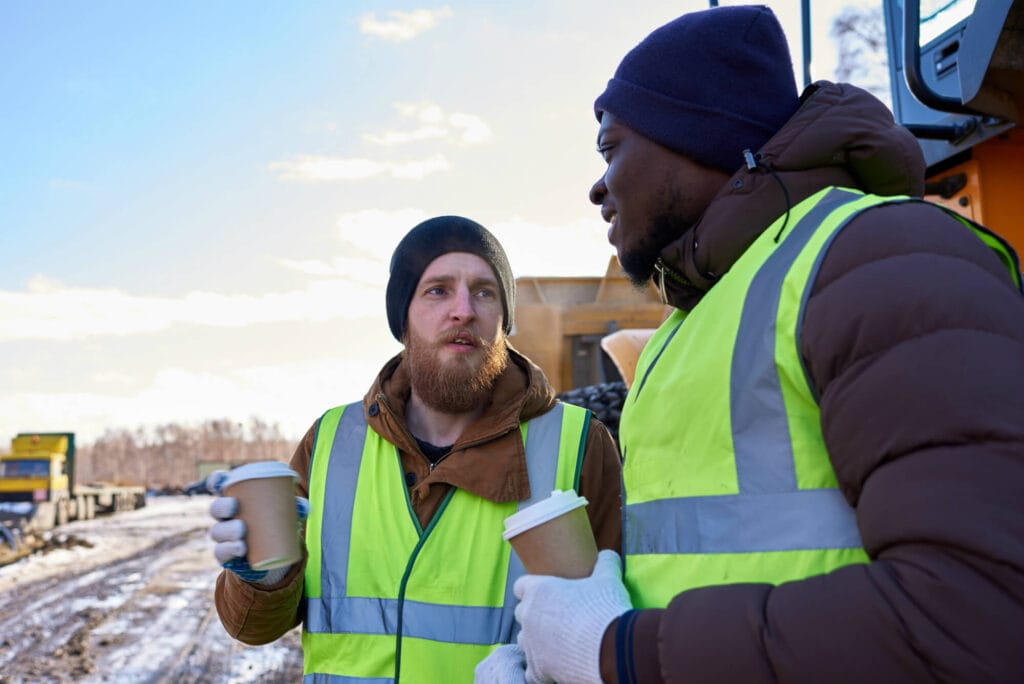 Marketing Tactics: How to Promote Workwear in Africa, Middle East & Latin America2025年10月12日Marketing Tactics: How to Promote Workwear in Africa, […]
Marketing Tactics: How to Promote Workwear in Africa, Middle East & Latin America2025年10月12日Marketing Tactics: How to Promote Workwear in Africa, […] How to Build a Local Distribution Network That Works2025年10月10日In emerging markets across Africa, the Middle East, Central […]
How to Build a Local Distribution Network That Works2025年10月10日In emerging markets across Africa, the Middle East, Central […]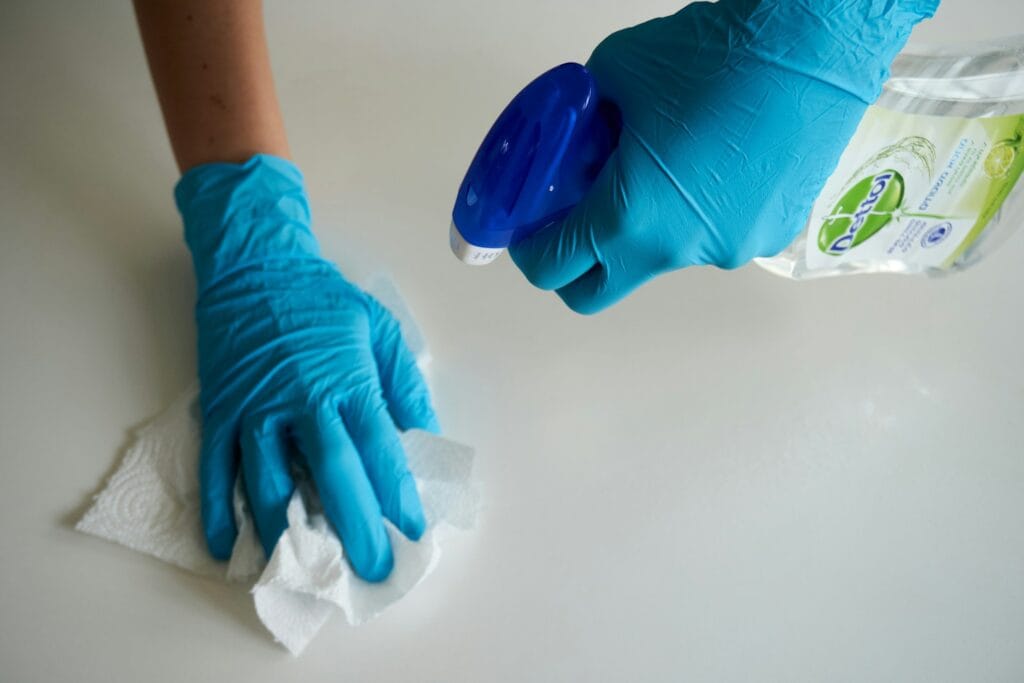 Choosing the Right Sales Channels for Workwear in Emerging Markets2025年10月10日In fast-growing markets across Africa, the Middle East, […]
Choosing the Right Sales Channels for Workwear in Emerging Markets2025年10月10日In fast-growing markets across Africa, the Middle East, […]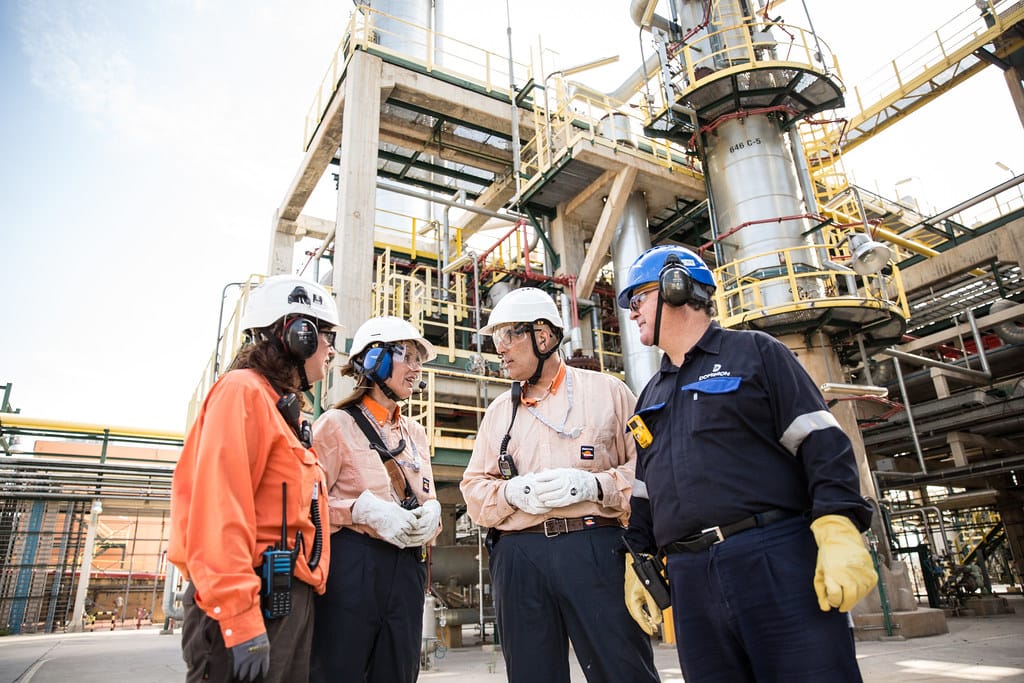 Building Long-Term Supplier Relationships: From First Order to Partnership2025年10月10日In the world of global workwear trade, many new importers […]
Building Long-Term Supplier Relationships: From First Order to Partnership2025年10月10日In the world of global workwear trade, many new importers […] Costing & Profit Margins: Calculating the Real Numbers2025年10月9日When importing workwear or PPE from China, the biggest […]
Costing & Profit Margins: Calculating the Real Numbers2025年10月9日When importing workwear or PPE from China, the biggest […]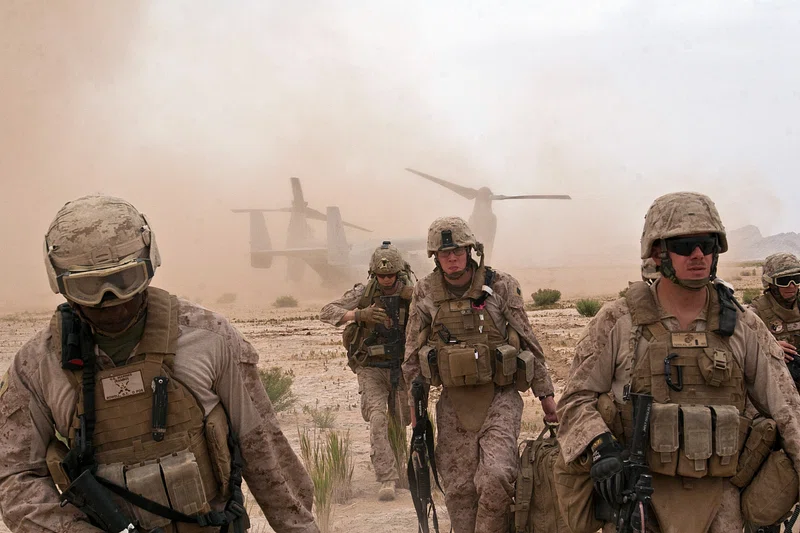 Logistics & Payment Methods: Reducing Risk in Cross-Border Trade2025年10月9日If you’ve ever imported workwear or PPE from China, you […]
Logistics & Payment Methods: Reducing Risk in Cross-Border Trade2025年10月9日If you’ve ever imported workwear or PPE from China, you […]
CONTACT US
- Feel free to contact us any time. We will get back to you as soon as we can!
- +86-17303331701
